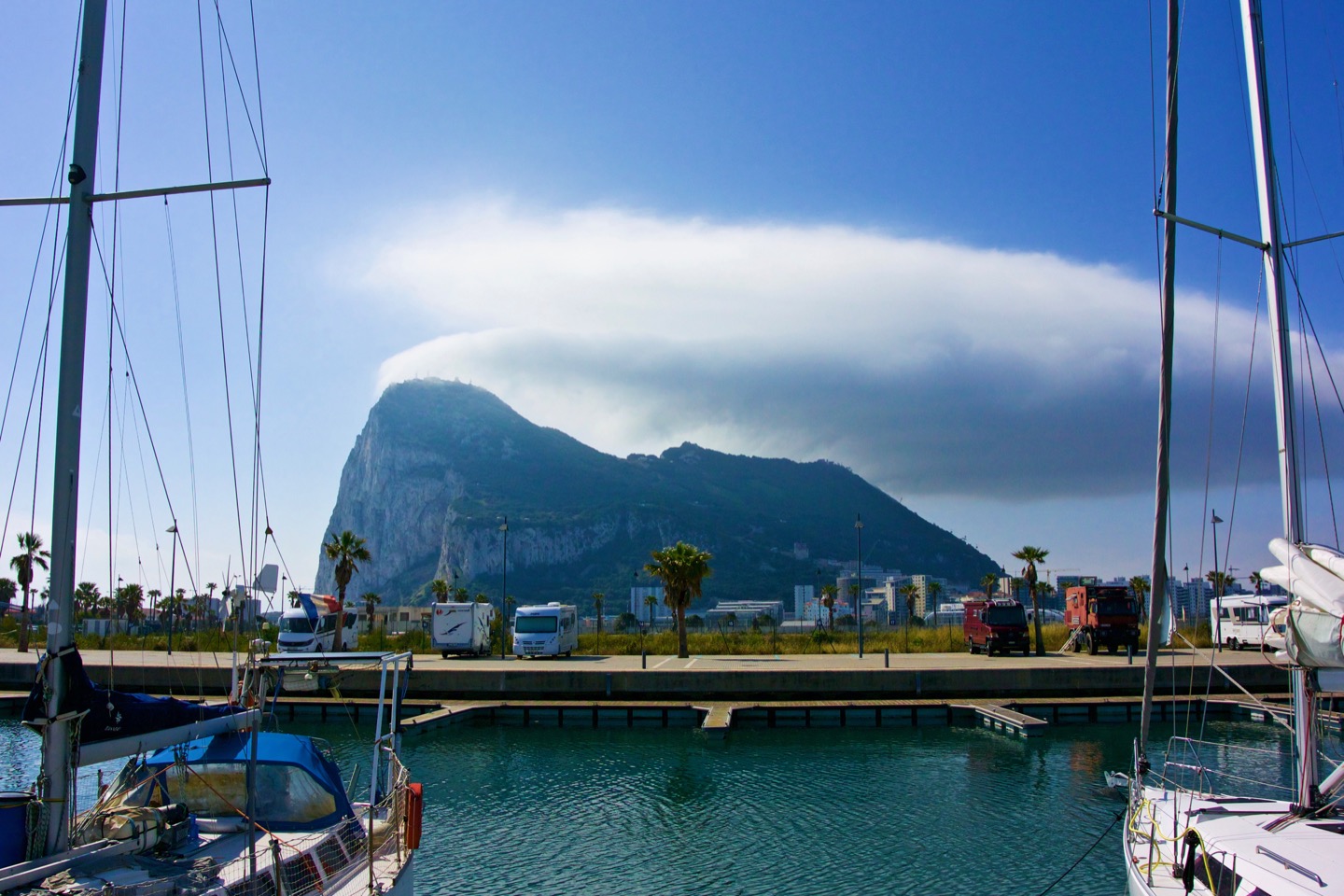The Strait of Gibraltar
Cadiz,
Damage,
Gibraltar,
La Linea,
Rota,
Sailing,
Tarifa
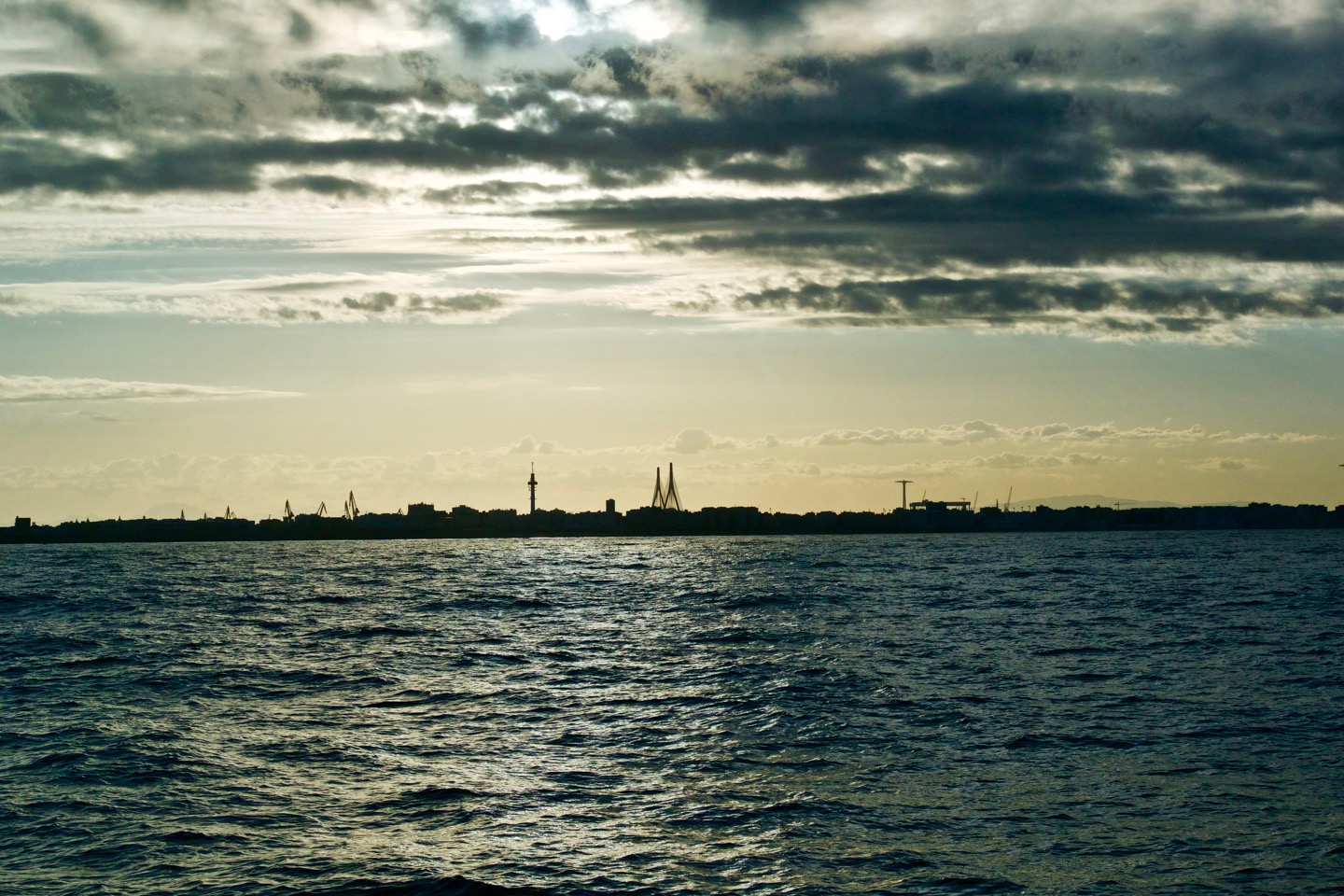
After Rota we had planned to check out Cadiz, either by ferry, or take Songbird across there. But looking at the tides and weather showed we had a good window to make the tricky passage through the Strait of Gibraltar, so we decided to skip Cadiz and just go.
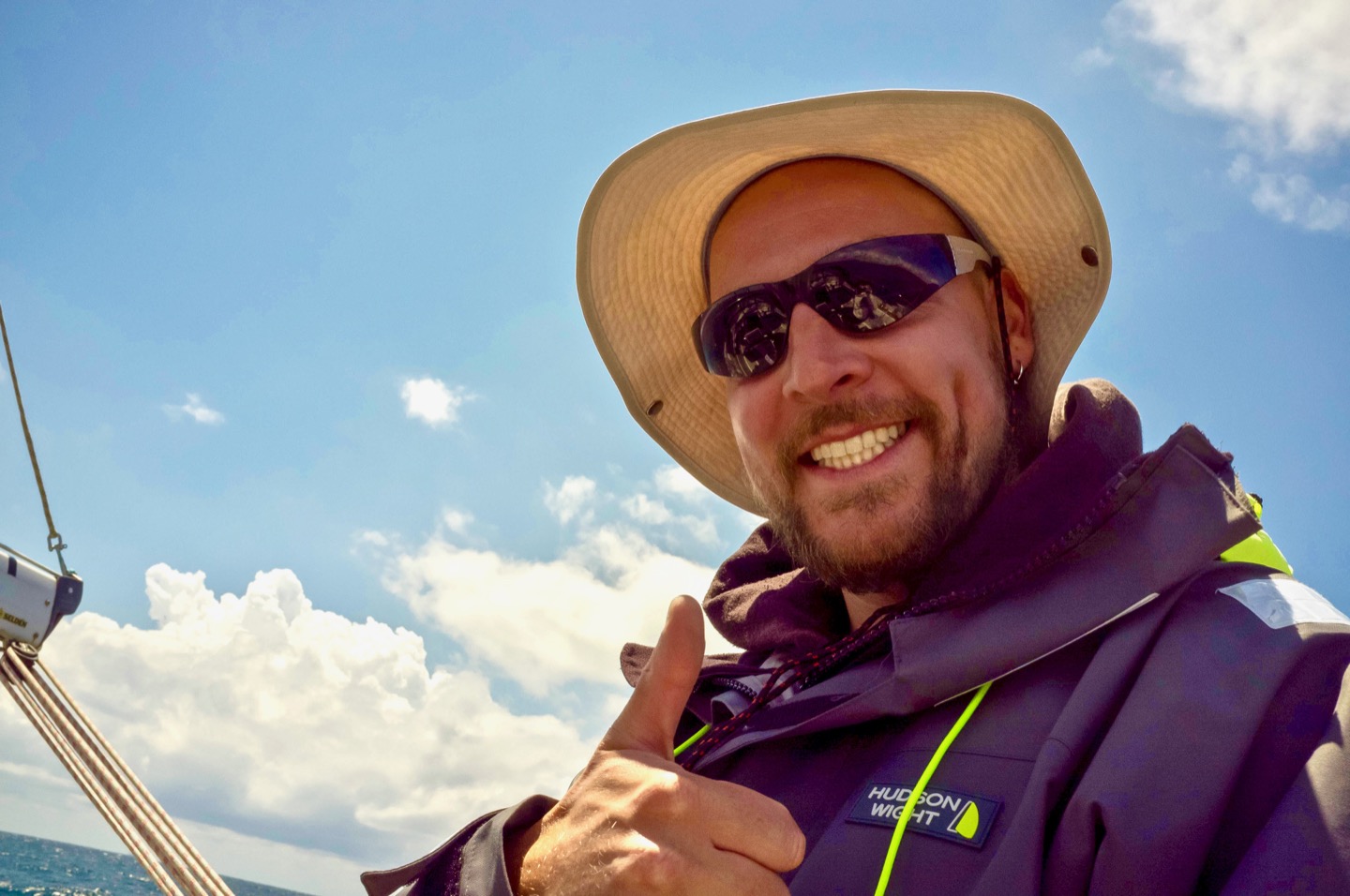
Before we left, we did a thorough check of the boat and had a typical boat maintenance moment: Look into engine room to mop up some of the leftover water from a leak on a freshwater fitting that we'd previously fixed. Notice another tiny leak from a different fitting. Disconnect that. Mop up water spilled in the process. Notice alternator belt has low tension. Tension that up, notice there's rust on the pulleys, which explains the low belt tension (belt wearing due to rusty pulleys). So remove belt again, spend an hour polishing the pulleys and then tidying all up again.
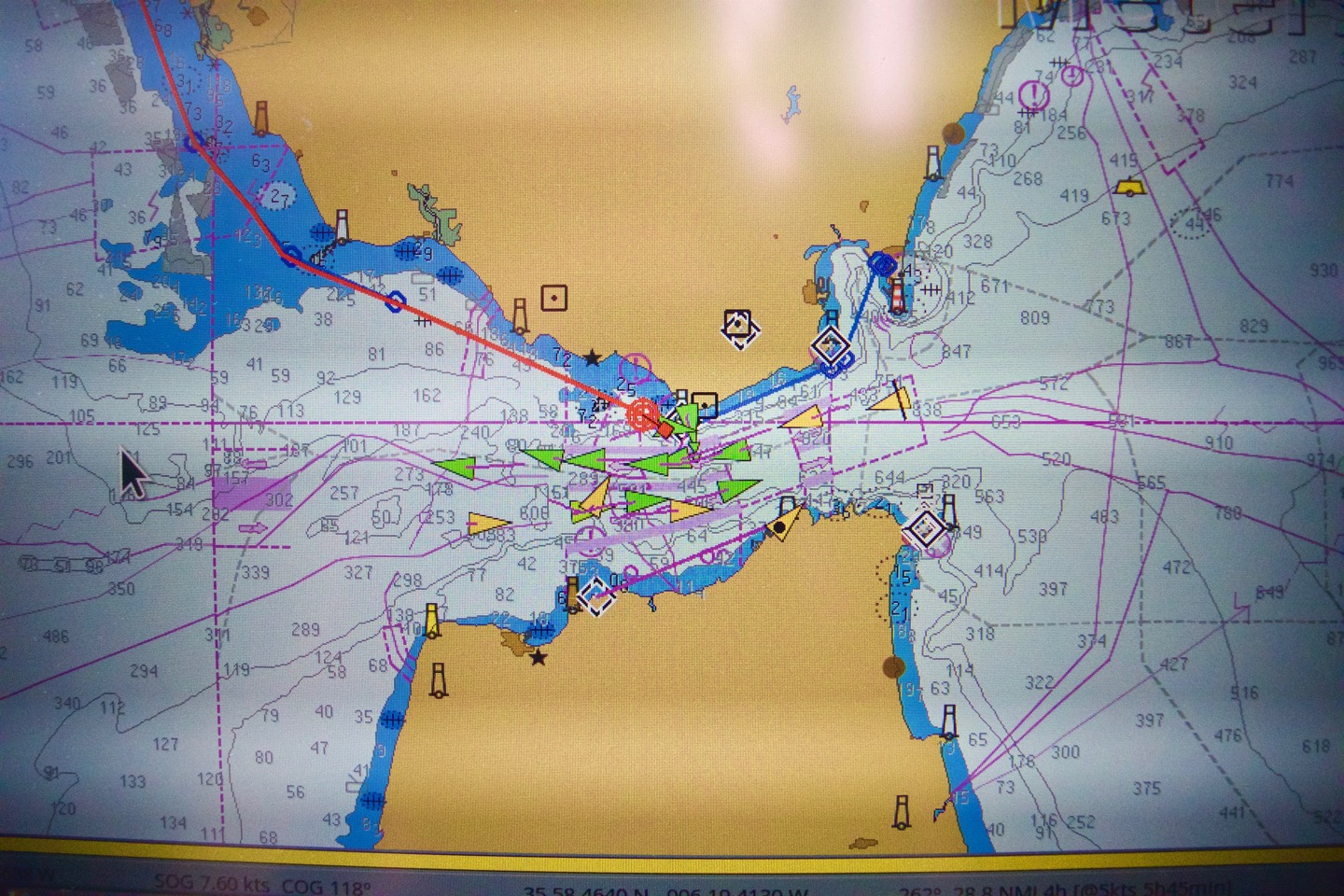
The strait of Gibraltar is the narrow passage between Europe and Africa that connects the Atlantic ocean to the Mediterranean. Everything flows through here. Water rushes in and out, cargo ships march both ways in an endless procession and the high mountains on both sides funnel the wind through a narrow passage, picking up speed in the process. It is said that off Tarifa it blows in excess of 30 knots on more than 300 days a year. The wind can go either direction, the water for the most part goes only in, as due to evaporation, the water level in the Med is lower than the Atlantic (so you're literally sailing downhill upon entering here). The current is not that simple though, as the Atlantic has tides, and due to differences in salinity, the water also sinks as it enters, causing a mix of currents in different directions on the surface. These are fairly well documented though. So to have a good passage, one needs to have the right wind, be there at the right time to ride the currents and ideally all of this during daylight hours, which isn't easy for a 75 mile passage!
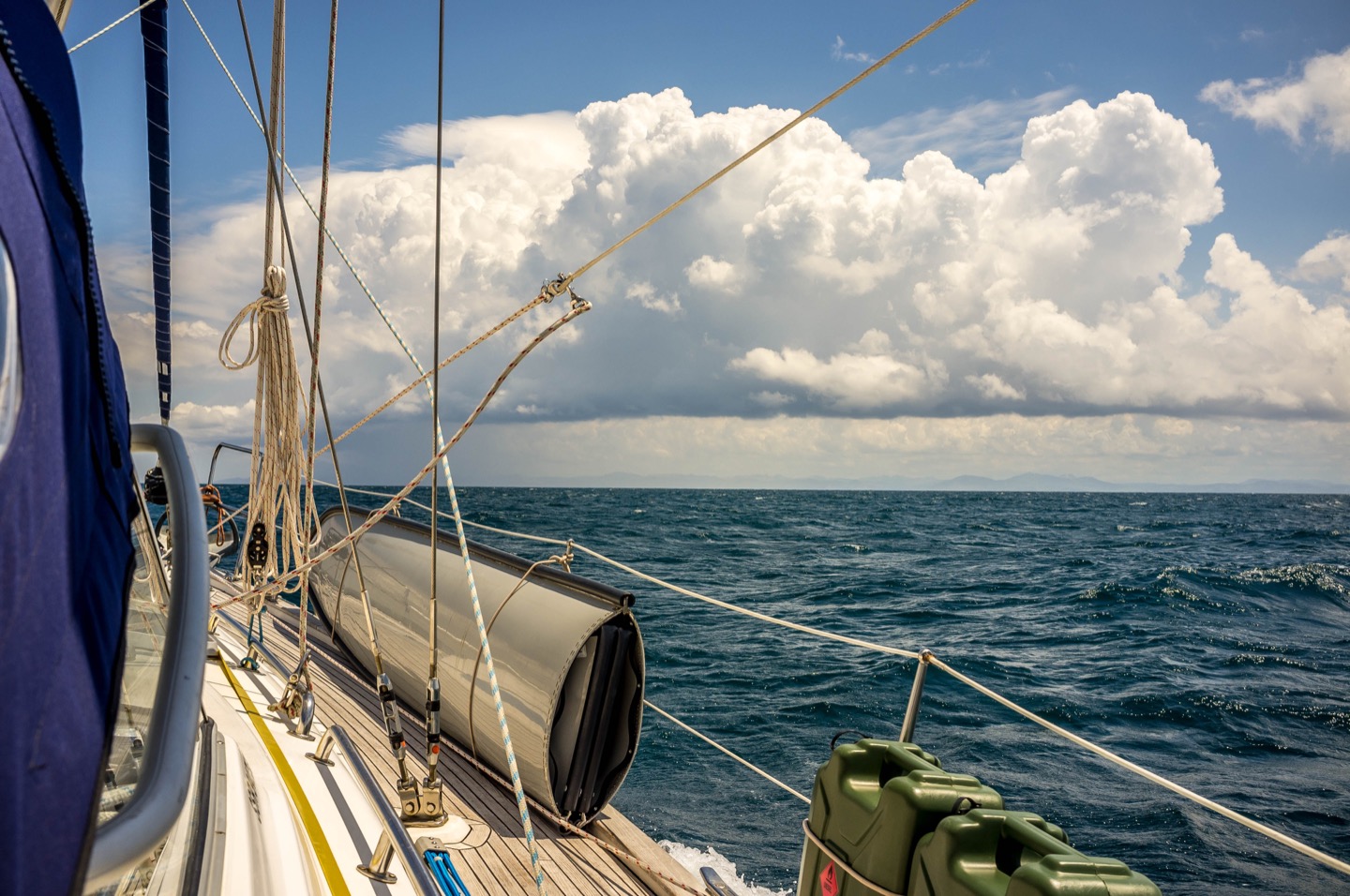
Lucky for us, it all came together on May 1st, and thus we skipped visiting Cadiz and left Rota in the morning, carefully timing our arrival in the strait to catch the start of the eastbound tide. There is a large TSS (Traffic Separation Scheme - a sort of virtual ship highway) going down the middle, which we had to stay clear of. We still had to deal with the traffic crossing the narrow passage from various points. Mostly ferries - all very fast to reduce the effects of the strong current on them. We arrived at the entrance within 10 minutes of the planned time - hooray. The wind started out with 10 knots and steadily increased in the strait.
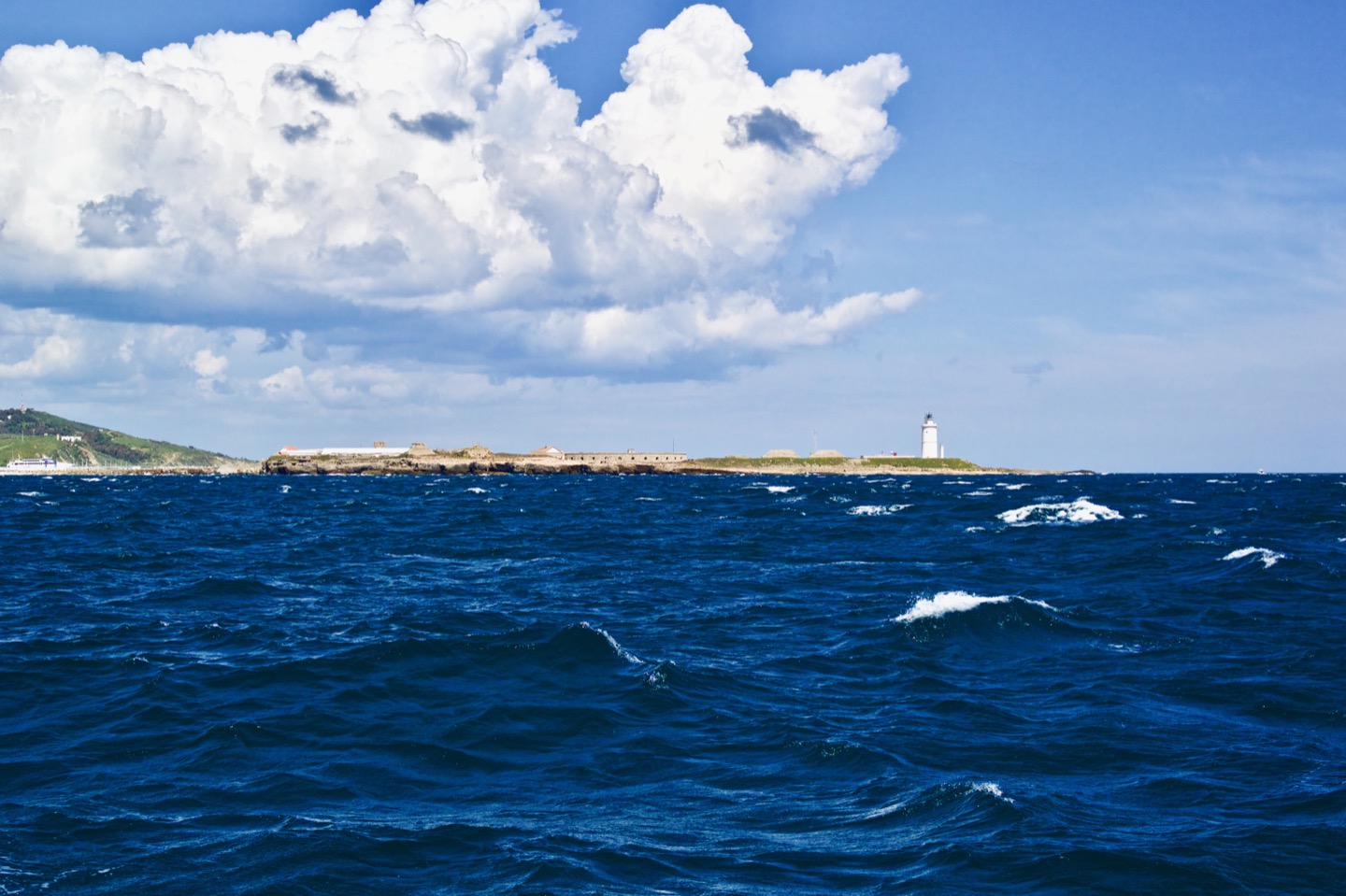
Just before Tarifa the seas were a bit confused, as some of the water seemed to be flowing the wrong way. We dodged some ferries going in and out of the port and rounded the corner, soon finding a more benevolent sea again. We motorsailed for most of the passage, as we had to keep up speed while also keeping a conservative sail plan to deal with the sudden changes in wind speed and direction from all around us, caused by passing squalls and the uneven landscape. Only the bit between Tarifa and the bay of Gibraltar had a nice, stable breeze and we managed to sail downwind at the desired 6+ knots for two hours.
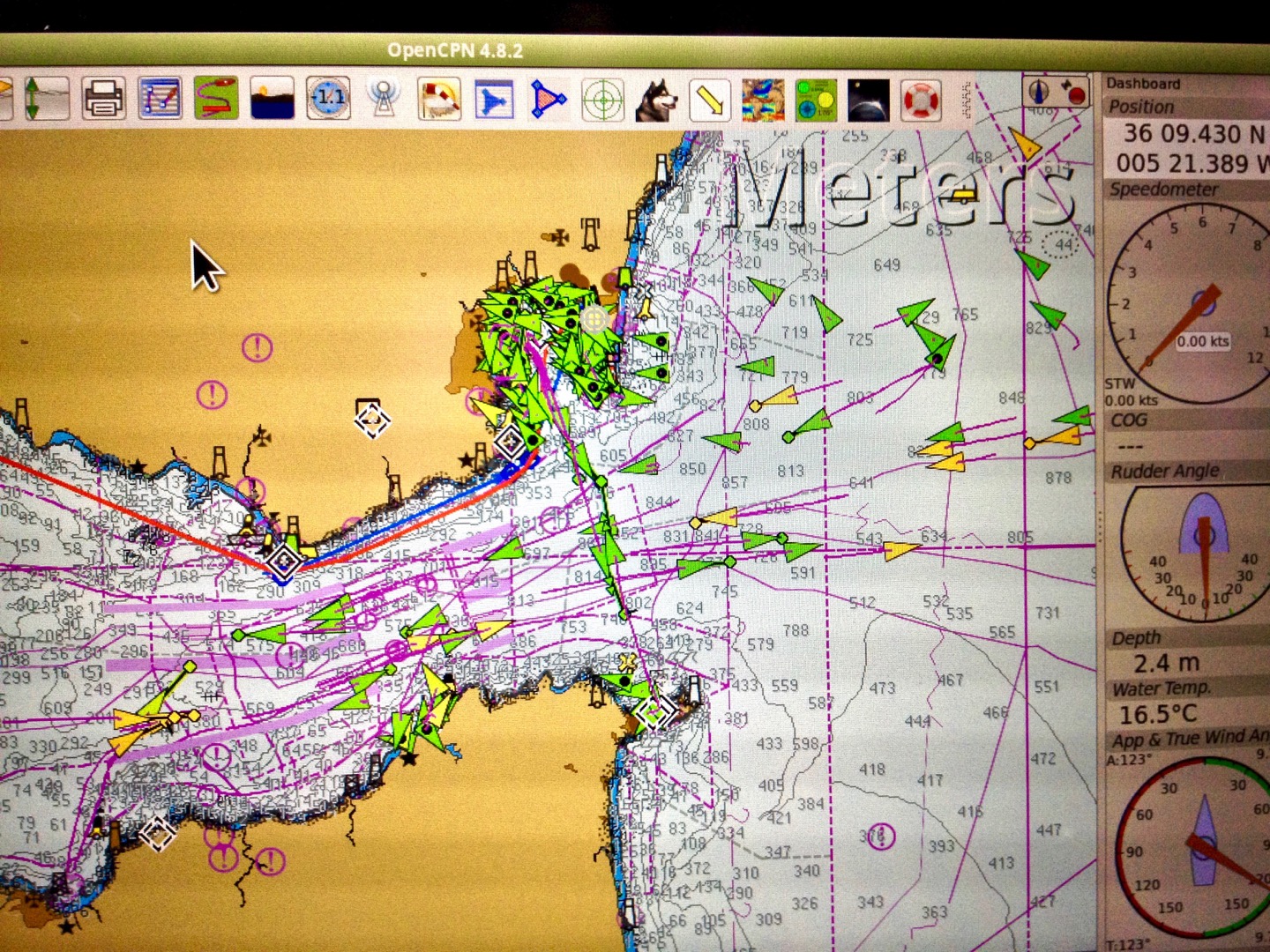
Arriving at the bay of Gibraltar was going to be tricky. When crossing the English channel, which we'd done a couple times last year, most of the big shipping traffic stays in the TSS and maintains a straight course and even speed, so is easy to avoid. But the bay of Gibraltar has several large cargo ports, multiple oil refineries and fuel loading docks all with ships constantly entering, leaving, anchoring and weighing anchor, ferries going between the ports in the bay and between Europe and Africa and a huge business in refuelling ships with tax free fuel, often by rafting up with "small" fuel supply tankers. Throw in some tourist boats, pilots and tugs, various police and harbourmaster vessels as well as the occasional yacht and you have an epic spider's nest of criss-crossing tracks.
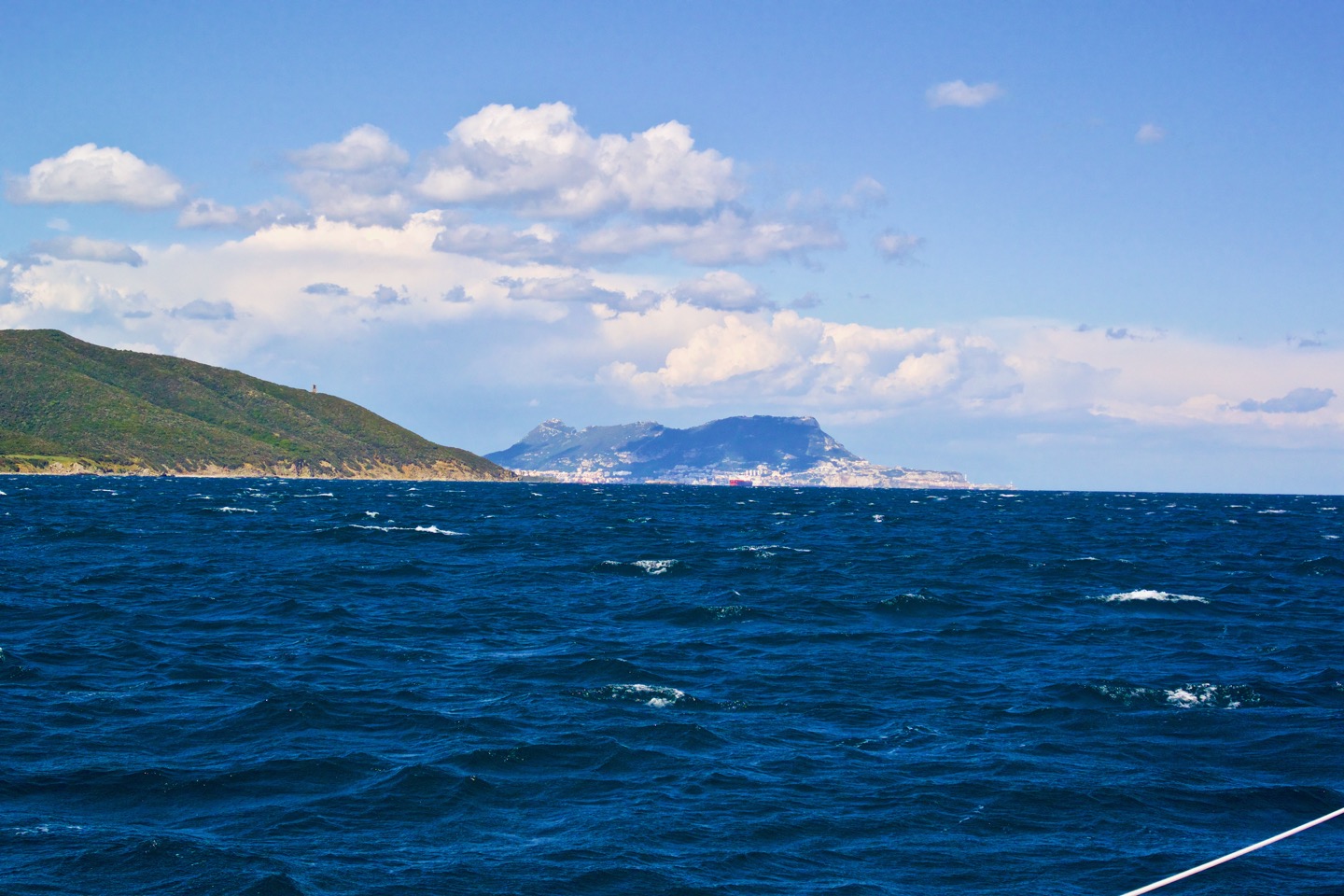
Just to keep things exciting, by the time we turned into the bay, the wind off the Spanish mountains was a steady 30 knots, gusting to 35. We decided to furl the Genoa away to give us better visibility, but had to pause twice to avoid traffic. We had decided to go into La Linea marina, as there was a possibility of anchoring, and if not, the marina would be cheaper than any of the Gibraltar ones. La Linea is Spanish for "The Border", and the town is indeed right on the Spanish side of the border to Gibraltar. Unfortunately this meant crossing most of the bay to the north side of the Gibraltar border. We still had most of the main up, so were making quick progress at 7 knots. Even so, a cargo ship was coming up on our starboard side, faster than us. I tapped its AIS icon and saw it had a destination of Algeciras, on the west side of the bay. We wanted to head east, which meant the ship overtaking us would make a left turn in front of us, and kept us from turning right until it was past. In addition, a pilot boat came bearing down on us at full speed, as they sometimes seem to do, chasing away pesky little yachts that might interfere with the ship that hired them. There are rules for these situations, but the most important rule is one not written down, but taught often in life (and certainly when encountering other marine traffic): The little guy yields to the bigger guy. On a cruising sailboat you're almost always the little guy. So we sheeted the main out, slowed down, let the big ship and it's agressive little pilot boat pass and used this opportunity to start the engine and then furl the mainsail away.

Outside La Linea a number of ships were anchored, some with fuel supply tankers rafted up to them. One was just deploying their fenders. They only had three of them, but each was as big as a car and had a number of smaller fenders strapped all around the big fender. We passed these and entered the breakwater La Linea. The wind was fetching across the bay and kicking up a pretty nasty swell on this side, so anchoring was out. I called the marina on the VHF and they asked us to berth on their fuel/reception quay. We motored past that and I didn't like what I saw very much. The sheltered side was blocked by a huge motoryacht having lines and an anchor chain coming off it's bow. The other side was clear, but exposed to the swell and quite bumpy. We used the shelter of a breakwater to deploy all of our fenders and ready some lines. The wall also had some large, black rubber bumpers installed on it.
We docked, Elvyra stepped off and got the first line on a bollard to hold us. This was when I heard a horrible crunching and splintering sound. Oh shit, I thought. I was right. The swell was making Songbird ride up and down against the wall. This would've been fine, as we were well fendered, but the top edge of the large rubber bumpers on the wall were at just the right height to get under our rubrail when the boat came up, and then the weight of the boat would come down on them. The rubrail was designed to fend off sideways loads with a stainless brace, but not getting smashed from the bottom! Splinters were flying off. We had to get the hell off this wall, and quick. "We're destroying the boat! Undock!" I shouted. Elvyra looked shocked, but reacted quickly and jumped back on board, taking the docking line with her. The wind was pinning us on the horrible wall, but a quick thrust in forward with the rudder hard over pushed the stern with the big ball fender into the wall and the bow out, so we managed to get clear without further damage.
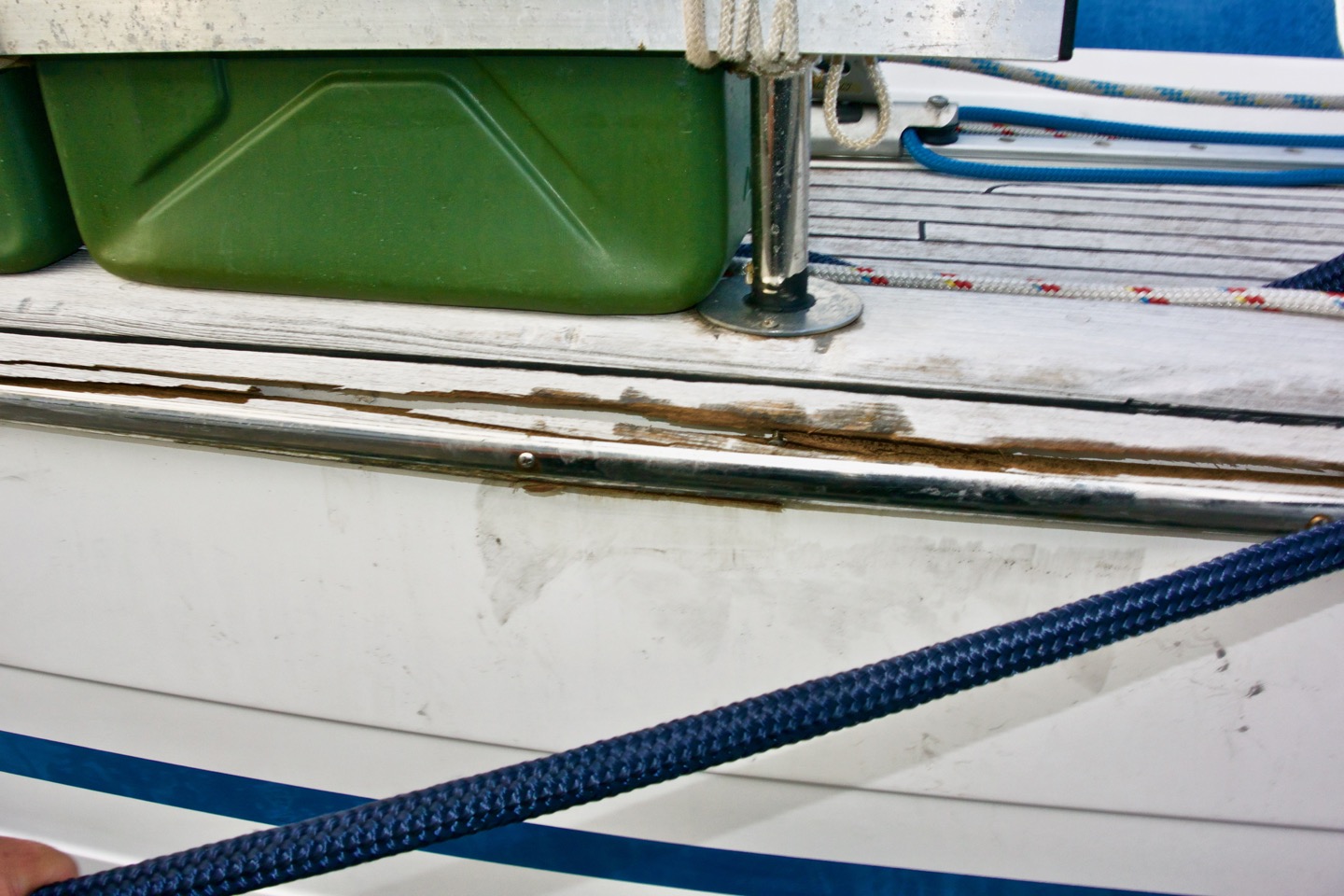
Somewhat angry about the exposed, poorly designed wall and the damaged rail, I radioed the marina again, telling them we were unable to safely dock there. They asked for our boat dimensions, gave us a pontoon number instead and assured us someone would be there to assist with mooring. We carefully motored over there, as it was still gusting 30 knots and we were being blown into the fairways. We found the right pontoon number, but nobody was there. We also had overshot it, so had to reverse out at speed to avoid being blown sideways onto the finger pontoons and other boats. We line up a new approach, and a fellow cruiser from boat docked nearby took pity on us and took some lines from a somewhat shaken Elvyra.

We thanked him for his help and I grabbed the document bag to wander to the marina office, as they had said they were about to close on the radio. It was a long walk, so perhaps that's why they didn't send anyone or wanted us to dock on the dangerous fuel quay in front of their office. I mentioned the damage, but they only shrugged at that and told me I was in the wrong berth and would have to move the boat over to the adjacent finger pontoon. Back at the boat, I took some photos of the damage in case it'd amount to an insurance claim and instead of more exciting manoeuvring, we warped the boat over to the upwind pontoon with some long lines and some help from the primary winches.
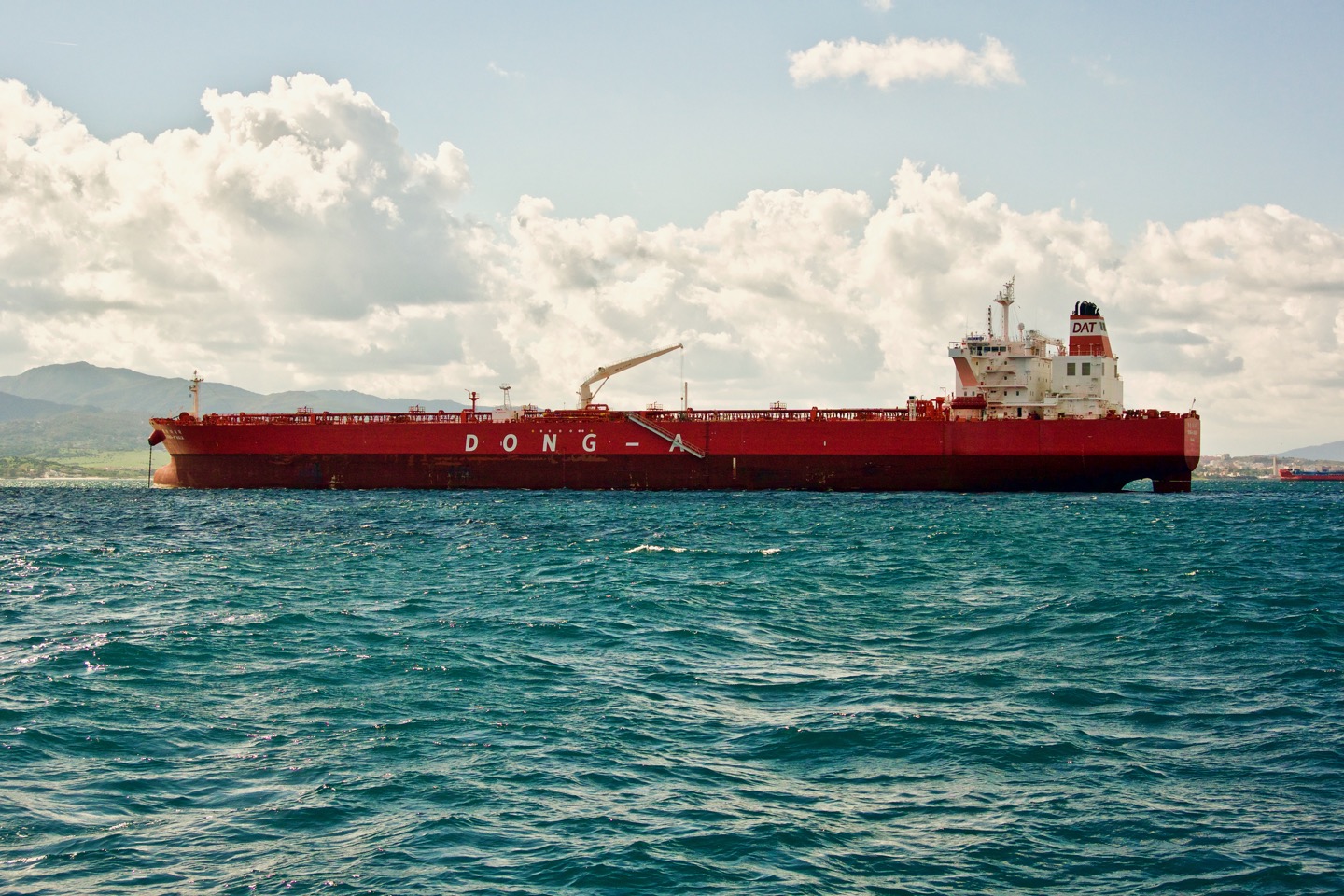
We had made it through the fearsome strait and the incredibly busy bay just fine, but were defeated by a lousy marina wall.
